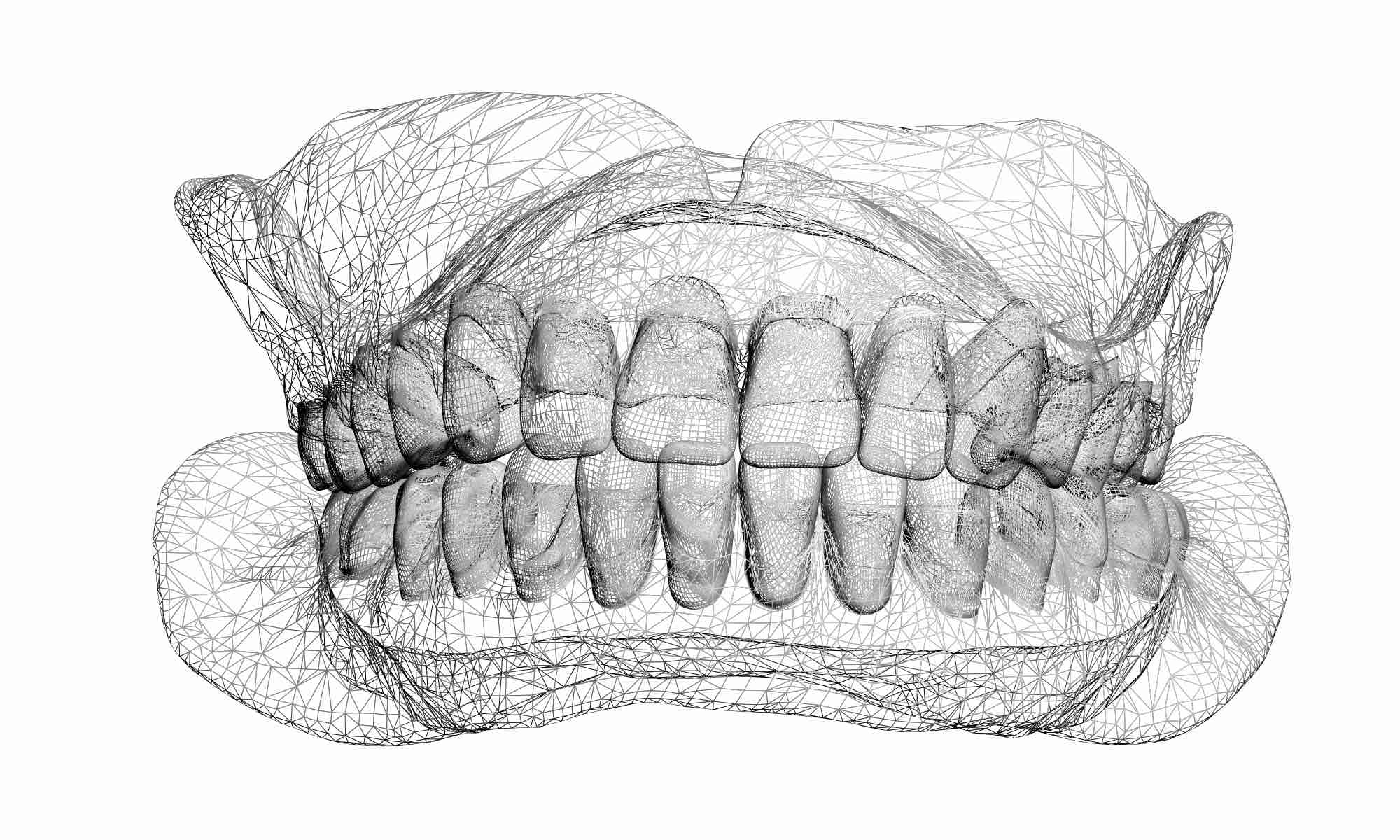
Dental Splinting- Treatment for loose Teeth
Gum disease is the main cause of loose teeth in adults. Gum disease, if left untreated will result in the loss of the surrounding tissues that hold teeth in place. The problem is that it can be ‘silent’ in that you are not aware you have a problem until it is severe. This is one of the most important reasons for regular dental check-ups, even when you think your teeth are fine.
Loose teeth are uncomfortable, especially when you try to eat food or chew . The feeling of the tooth pulling away from the gum is enough to send chills down your spine. It seems like an eternity, waiting for either the tooth to become loose enough to be extracted or strong enough to no longer be a problem.
A common question from patients who have loose teeth is "Can anything be done to tighten them?" Loose teeth can make eating uncomfortable, as biting pressure can cause the teeth to move and pull away from the gum. Healthy teeth are normally fastened tightly into the jawbone by their roots and the routine forces of biting and chewing food will not budge them.
How Adult Teeth Become Loose
There are commonly 3 reasons why teeth can become loose; loss of attachment which leads to ligament damage, heavy bite force, gum disease, or a combination of both.
Excessive bite force is considered “primary occlusal trauma.” It means that the tooth has been under a continued extreme biting force beyond its tolerance.
This is often a result of grinding or clenching of your teeth. It can also result from tooth misalignment in which the positioning of a tooth is causing it to sustain more bite force than it’s meant to tolerate.
Progressive gum disease results in extensive bone loss around a tooth, which in turn results in a secondary occlusal trauma.
This kind of trauma occurs when normal forces are applied to the teeth but the ligaments are unable to withstand those forces because of the extent of bone loss. Periodontal Disease is the most common cause of tooth looseness.



Dental Splinting - Conservative Approach to Strengthen Loose Teeth
Teeth that have become loose because of lost gum tissue can benefit from a new technique called dental splinting which attaches weak teeth together, turning them into a single unit that is stable and stronger than the single teeth by themselves. The procedure is most commonly performed on the front teeth.
The procedure is as simple as using composite material to attach, or splint, the loose teeth to the adjoining stable teeth. Tooth splinting is a common procedure that has gained popularity due to its effectiveness.
In dental splinting, teeth are joined together using a thin fibre reinforced wire thereby increasing their stability. This is a factor which allows them to function normally. This procedure is beneficial because it allows you to save your teeth. Additionally, splinting also reduces the pain that a very mobile tooth can cause. Mobile lower anterior teeth are a common complaint of dental patients with fairly advanced periodontal disease.
Treatment of these mobile teeth is often not very successful. The mobility is caused by a loss of supporting bone around the roots of the teeth. Even comprehensive periodontal treatment cannot replace this missing bone and the prognosis for these teeth is poor.
The most logical way to treat the mobility once the active periodontal disease is under control would be to splint these mobile teeth. Various methods of splinting are employed by our Cosmetic dentists at Lane Ends DEntal Practice in Preston. The most frequently used technique is to use orthodontic stainless steel wire, bonded on to the inside surface of the teeth with composite which acts as a splint.
This method has some success but the metal wire is quite rigid, and this type of splint tends to come loose and fail in time. Another disadvantage of this technique is that there is no true bonding between the metal wire and the composite filling material. There can also be aesthetic compromises with this technique, but the concept is good and these splints are an option if nothing better is available.
Teeth Splint Technique
In a relatively new technique for dental splinting mobile teeth a fibre reinforced composite periodontal splint stabilizes the mobile teeth and ensures a more comfortable chewing function for the patient.
In this technique, glass fibre strands embedded into a polymer bis GMA matrix (resin) are used to reinforce the composite white filling material, which splints the mobile teeth together. The glass fibre bundles are embedded into the same matrix as is found in the composite (white filling) material and true bonding is obtained between the fibres and the composite filling material. The bond obtained between composite resins and etched enamel is the strongest bond possible in the oral cavity.
The elasticity of the fibres is beneficial to the healing of the supportive dental tissue. A fibre splint constructed in this way will form a reliable integrated structure which will give a potentially long term solution to the problem of mobile teeth. The fibres are transparent and unnoticeable when covered with the tooth coloured composite filling material. It is therefore possible to create an aesthetically pleasing splint on the inside of the mobile teeth.


Replacement Splint Tooth
Another exciting benefit of the fibre bond periodontal splint is the possibility of replacing a missing tooth by building up an artificial tooth, directly onto the fibre splint. There are several methods of constructing a replacement tooth. In some carefully selected cases the patient’s own tooth can be bonded onto the fibre splint. In some cases the option of using an acrylic denture tooth can also be bonded to the splint. It is also possible to use Composite filling material to construct a replacement tooth. This composite tooth can also be reinforced with fibres.
The whole Dental Splinting procedure is completed in one session and can take couple of hours. Almost all cases of Fibre Bond splinting are completed without local anaesthesia. Please be aware, however, that in the case of periodontal disease, splinting does not cure the problem. It simply stabilises the teeth for comfortable function.
Periodontal disease requires treatment via deep cleanings, antibiotics, frequent maintenance visits, proper home care, and, sometimes surgery.The fact that these fibres are high technology materials and the treatment requires special skills the fee charged depend on the complexity of individual case.
